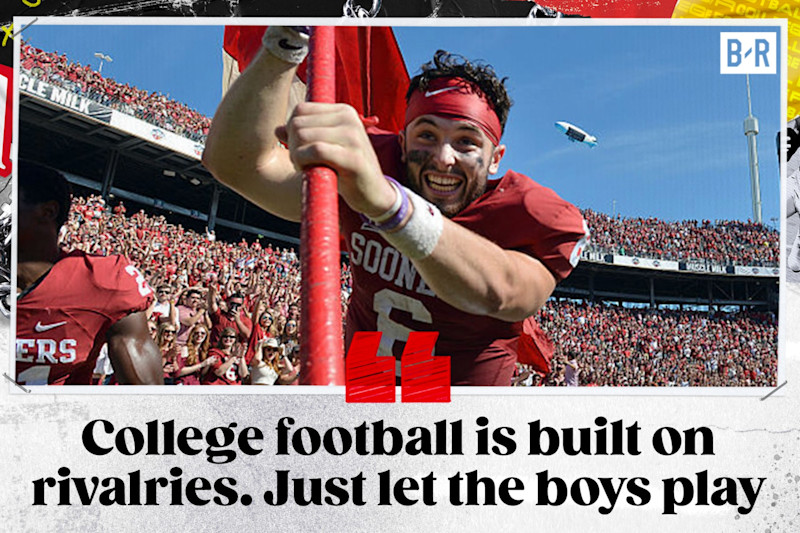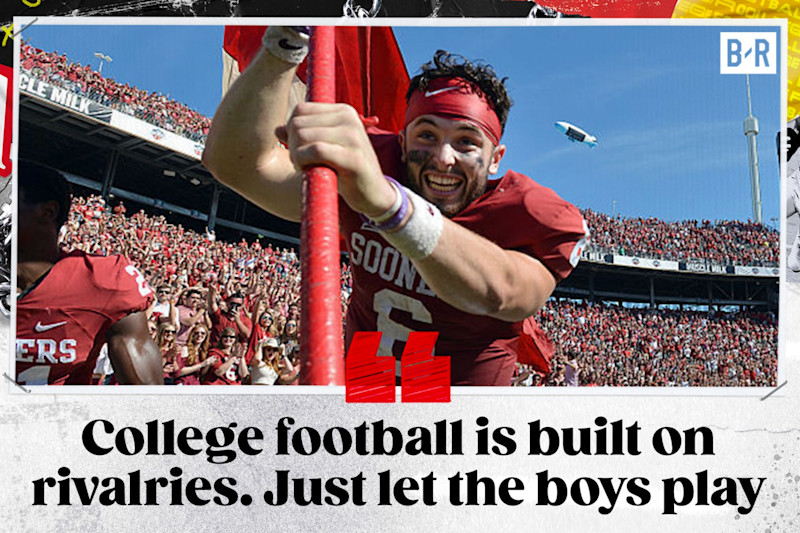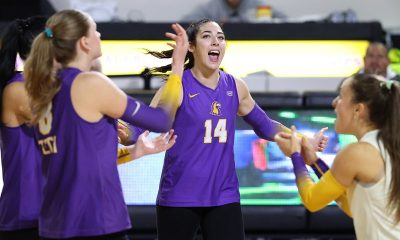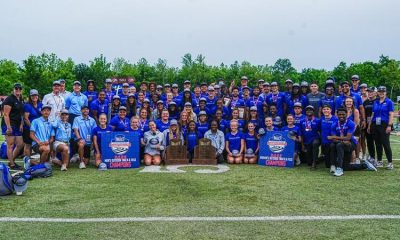By Luke Burns
At the April 8th City Council meeting, the council voted to make a big change to our youth recreation football league. Instead of tackle football, our 5th and 6th graders will be playing flag football starting next year.
The council’s vote on the matter was unanimous. The suggestion to change to flag football was made by the Recreation Department based on feedback they received at the end of the season. The feedback came from multiple sources. Parents, staff, and coaches all weighed in on the pros and cons of a potential change.
Prior to being voted on by council, the move to flag football was approved unanimously by both the Event Board and the Recreation Advisory Board.
The move will allow kids to focus on the basics of the game before being taught proper tackling technique by a professional coaching staff later on. While big hits can make the highlight reels in the NFL, having youngsters do their best Kam Chancellor impressions before learning proper technique opens everyone up to serious injury risks.
Consideration for player safety was one of the biggest motivating factors in the move to flag football. We understand that injuries are always a part of playing sports, and no change is ever going to completely take away that risk. However, while cuts and bruises can build character for kids, concussions do not.
By reducing serious injuries at an early age, it means less risk for those injuries to be reaggravated and made worse as the kids continue to play at higher levels.
The change to flag football also helps our Recreation Department eliminate a big source of contention that has come up recently. Kids grow at different rates, and with that we’ve seen issues over the large size discrepancies between players. Changing to flag football will eliminate the need for weigh-ins and controversies over who can be a ball-carrier. The change also helps level the playing field for kids who may be late bloomers by not making them try to tackle someone who’s twice their size.
The council considered the mission of the Recreation Department in making the decision. The Recreation Department seeks to provide opportunities for as many kids as possible to be active and involved in sports. By making this change, we are making the game less of an injury risk, and more accessible. The hope is that in doing so, it will draw in more kids who want to try out football and see if they like it.
It’s important to note that this is not a blanket ban on youth tackle football in Artesia. This is just a change in direction that our Recreation Department is making with this specific program.
We are proud that Artesia is a football powerhouse, and we want that tradition to continue. Ultimately, our hope is that the change to flag football can help expand the game. By providing a safer way to play, we want to set kids up for success as they grow and write the next chapter of Artesia’s story as the City of Champions.
Luke Burns is the Communications Coordinator in the Finance and Administration Department for the City of Artesia.



















































































